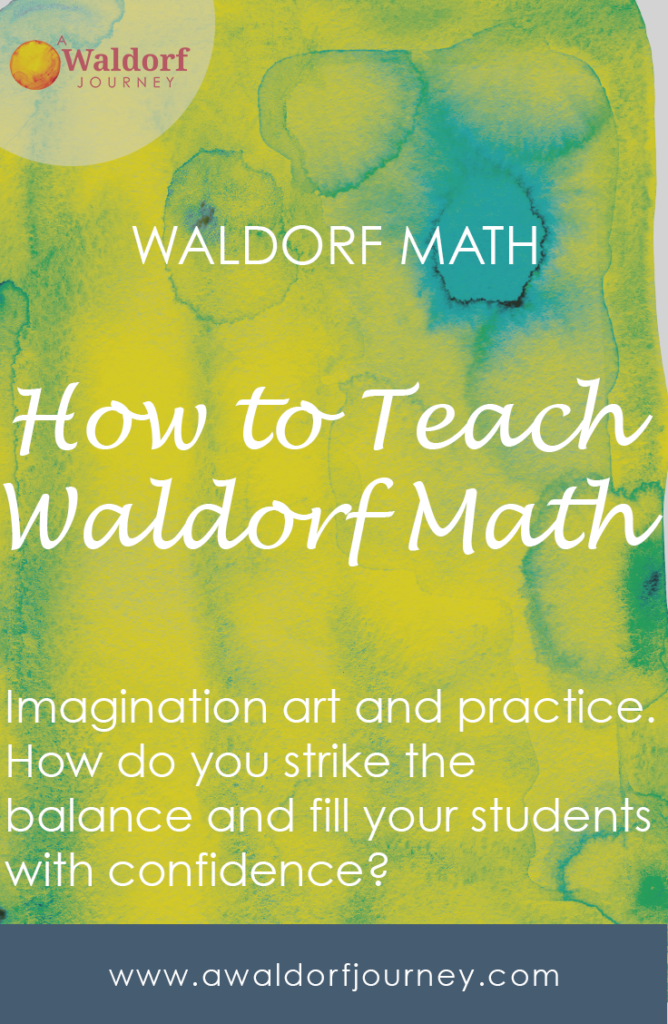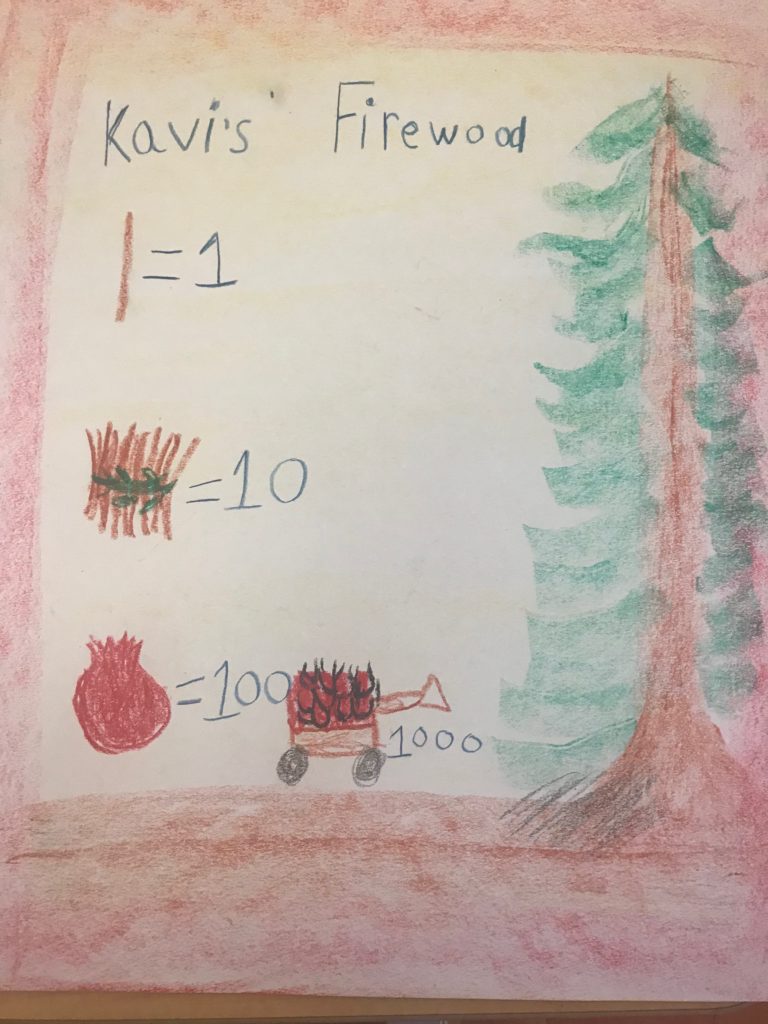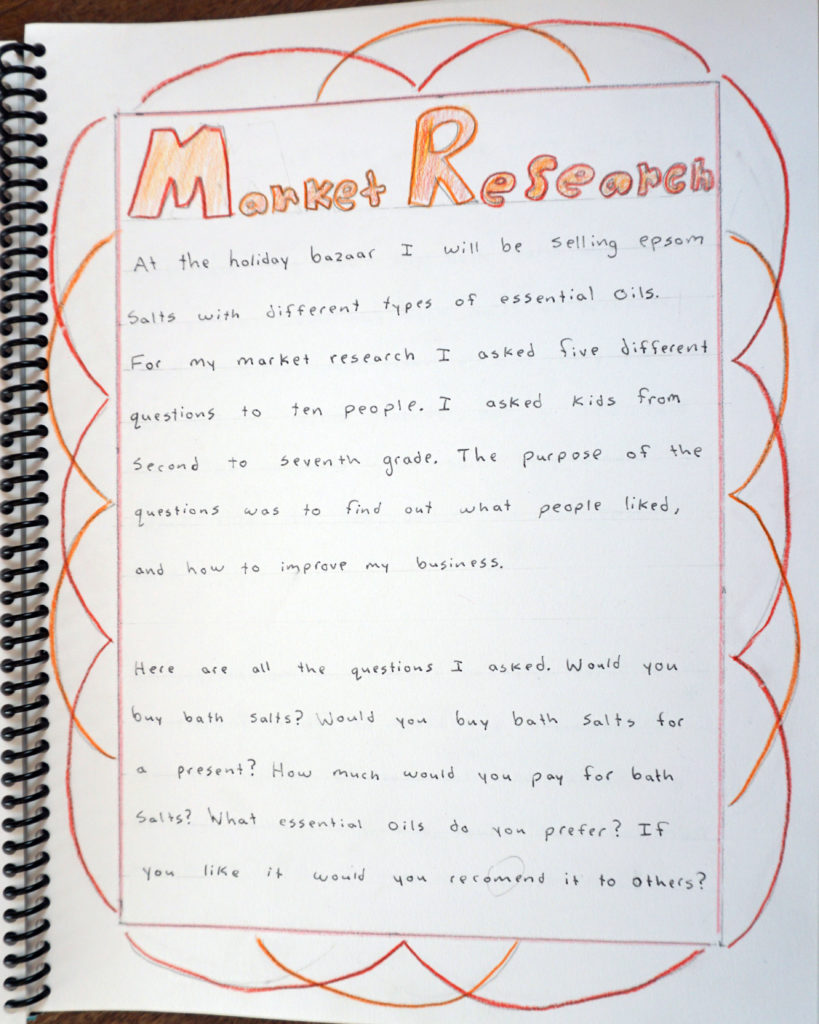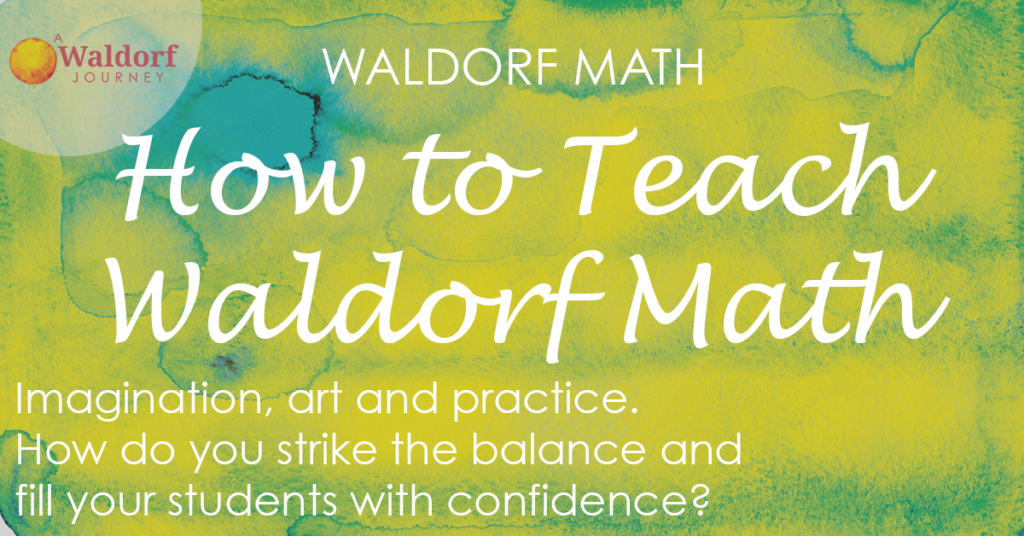
Seems like lately I’ve been having lots of conversations with my colleagues about math.
Could be because (if you ask me) January is a perfect time for a math block. The more inward, reflective quality of this time of year makes it a great time to sit down and crunch numbers. (That’s what we’re doing this month!)
But teaching math in a Waldorf way is not so straightforward. Developing an approach to math that aligns with Waldorf ideals, but gives students enough solid skill-building time is a challenge. Here are some of the challenges I have faced when teaching math. These are issues lots of readers have emailed me about and colleagues ask questions about.
- How do we make math (a subject that can be so abstract) lively and imaginative?
- How do we make sure our students get enough practice without it becoming “kill and drill”?
- How do we keep our students feeling confident and capable about math, especially when they struggle?
Here are some ways I’ve managed these challenges.
Keeping Waldorf Math Imaginative
Here’s the thing. Often, when I try to create an imaginative picture around a mathematical concept it feels forced. Our place value block this year is a perfect example. I came up with a story that explained the concept of place value. (You can read more about it in this blog post.)
7 Important Main Lesson Questions
Enter your email to get my Week in Review form based on the 7 questions Waldorf mentor Else Göttgens recommended every teacher ask themselves.
While the story I came up with was good, as we moved through the block, I found a couple of challenges. First, those little math stories were not the kinds of stories my students loved and enjoyed together. We were used to rich fairy tales with strong images and cosmic significance. My little stories about a character collecting firewood and putting it into bundles just didn’t compare.
The other challenge with the story is that it can sometimes feel forced. We create characters and situations that bring the mathematical concept we want, regardless of whether it makes an enjoyable or believable story. It’s hard to tell stories like this with confidence and our students often see right through them.

If you ask me, one of the most important things in working with students is that the story feels right. If I try to tell my students a story that doesn’t resonate with me and I’m telling just because it’s what my colleague did, I’m asking for trouble. The lesson inevitably falls flat.
So, what to do? Do we have to use a story, even if it doesn’t resonate? Well, go back to the reason we use stories in the first place. We do it because we recognize that for the elementary age child, the path to interest is through the feeling life, and imagination is a huge part of the child’s feeling life. But, the truth is, a story is just one way to capture your students’ imaginations.
- Connect your math work with art. If imagination is king for the elementary school child, art is queen. Those beautiful geometry drawings, paper folding activities and free-rendering activities with all kinds of crafty supplies can allow your students to explore mathematical concepts in a way that comes alive for them.
- Connect your math work with the senses. You know that 4th grade fractions block where you divide up the pizza and then eat your fraction? That’s a lesson that always sticks. Look for other ways you can involve your students’ senses of smell and taste (the ones that often get neglected.)
- Explore math socially. Get your students working on a project together, talking it through, explaining to each other. Middle schoolers especially learn really well in a social environment.

Now, I’m not suggesting that you completely abandon story time. There’s nothing I enjoy more than telling stories and collectively building images with my students. But I’d much rather do that with a rich and meaningful story, rather than something I made up just to get to a particular math concept. I call this “a story for the sake of a story” and I love that it opens up my options and gives us good, rich stories to explore, even during a math block.
Getting Enough Practice
Oh boy, I don’t know a single Waldorf teacher who hasn’t asked herself if her students were getting enough math practice. That old Waldorf idea that a subject needs to “go to sleep” before you bring it back and expand just doesn’t seem to apply to skills like math. If you ask me, students need daily practice with skills like math, reading and writing.
But does a creative, inspired Waldorf approach allow for routine practice. In short, YES!
Giving your students a worksheet (I like to call them “practices pages”) is not anti-Waldorf. If worksheets were the only thing you ever did, then yes, that would not be an inspired Waldorf approach. But try giving your students a worksheet and see how they respond. Very often I find my students inspired by the challenge of a paper full of questions that they get to answer! They like it!

Again, the important part is that you are working to engage your students. If your students are showing signs of being engaged and interested, even with a worksheet, that’s your measure. If they’re bored and overwhelmed by a worksheet, that’s your cue to do something different. Math games (involving the social realm), riddles and puzzles are good ways to get the practice in.
The other mistake I sometimes see teachers make is holding on to the image for too long. At a certain point, that image that you’ve used to introduce a concept becomes cumbersome. The concept itself becomes solidified in your students and going back to the image every time can confuse things. Use the image as a tool to introduce an idea, practice with it and then move on.
By the way, the amount of practice your students need depends somewhat on their age. Here’s how I see it.
Grades 1 & 2 — In these grades we’re working with big ideas — number concepts, the feeling for numbers, place value and how the processes and our number system works. Practice comes in movement, rhythm and circle activities. They do need some practice writing the numbers and solving problems, but not as much as in other grades.
Grades 3-6 — These are the prime skill-building years, and this applies to every subject. Skill-building requires practice. They’re learning and practicing how to use the processes and they need daily practice using them — over and over and over.
Grades 7-8 — In these years we go back to the big concepts. Here they have solid computation skills and they are being presented with lots of different opportunities for using them. They’re figuring out how and when to use those skills. Less practice is required and ideally their skills are solid enough that they can explore the world mathematically.
Building Math Confidence
I have worked with so many students who, despite my best efforts, get the idea that they just don’t get math. And it’s true, there is something magical about thinking mathematically. When I think about my strongest math students, I think that their genius with the subject is something that they were born with. Their brains just work that way.

I’m not usually one to categorize students and there is plenty of overlap here, but bear with me. In my experience there are different kinds of math students. There are the Intuitive Geniuses and the Rule Followers. Both can be wildly successful but I think our traditional Waldorf ways favor the Intuitive Geniuses. I’m here in support of the Rule Followers.
I was one of those students who didn’t have that natural connection with math. For me it wasn’t that I didn’t understand math, it was just that, when given the choice, I always preferred to read or write. When it came time to do math, I was a Rule Follower. Luckily I had some really good teachers along the way who helped me find my way to actually enjoying math.
When I think about my experiences with those really good math teachers, I remember that they laid things out and explained them very clearly — step-by-step.
We are often taught to allow our students to approach math with a spirit of exploration and we encourage them to make connections and discoveries on their own. And truly, this is a fantastic way for them to learn. My strongest math students LOVE being presented with a real world math situation and then thinking it through to come up with the answers. With math tools at their disposal, they are ready to conquer the world, make connections and find solutions. They’re Intuitive Geniuses when it comes to math.

But this kind of experience is overwhelming for the Rule Followers. Those students need things laid out in a very clear, step-by-step way. Teach them the steps (the Rules to follow) and they will implement them flawlessly, eventually developing an understanding for the concept and how and when to use the rules.
I implore you, in your enthusiasm to keep math lively and interesting, don’t overlook the Rule Followers. If you are an Intuitive Genius yourself, this might be really difficult for you. Slow down, observe your students and think through the topics you are teaching step-by-step.
That ability to observe your students and intuit how to meet them is your number one job as a teacher. Don’t forget.
And if you’re looking for support and resources to help, here are some of my favorites.
Resources
- Elementary and Middle School Mathematics: Teaching Developmentally by John Van de Walle
- Making Math Meaningful, Grades 1-5 by Nettie Fabrie, Wim Gottenbos and Jamie York
- Making Math Meaningful, Grades 6-8 by Jamie York
- Key to Fractions (also Decimals, Algebra, etc.)
Curriculum Guides
Blog Posts
- Math Resources
- Grade One Math
- Grade Two Math Planning
- Grade Two Math Update
- Another Grade Two Math Update
- Grade Six Business Math
- More Grade Six Business Math
- Even More Grade Six Business Math (includes link to block test)




Leave a Reply